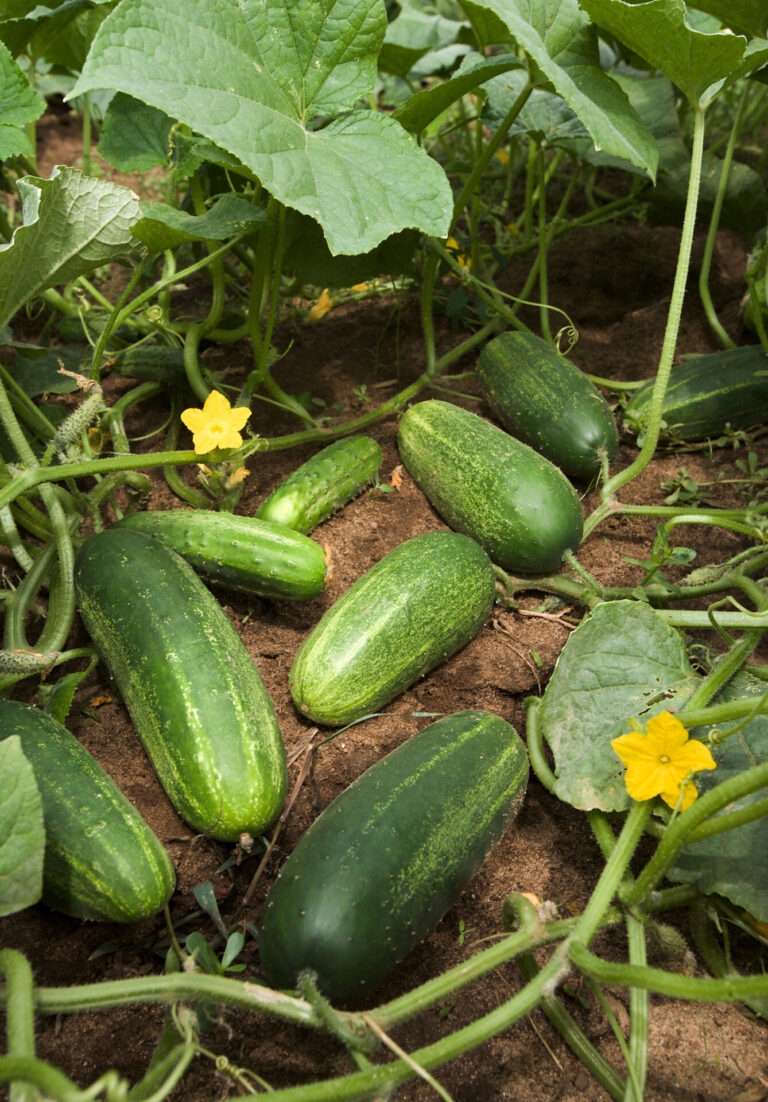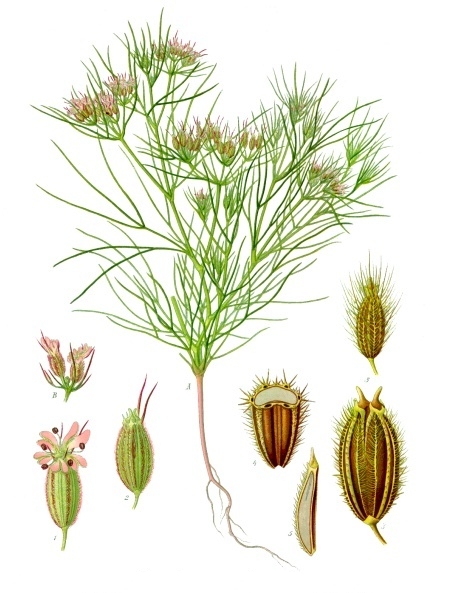
Colliard Greens
Like kale, collards are non-head forming cabbages. They are quite similar genetically, but breeding and cultivating over the years has produced plants with different textures and flavor. Collards are a biennial vegetable but usually grown as an annual. The leaves are smooth and almost waxy, with pronounced veining and full of nutrituion. They are quite large, with a bright to dark green color, and the stems are fibrous, tough and span 20 to 36 in. tall and 24- to 36-in. wide. True to the Cruciferous family, collard flowers have four yellow petals in the form of a cross. The



















